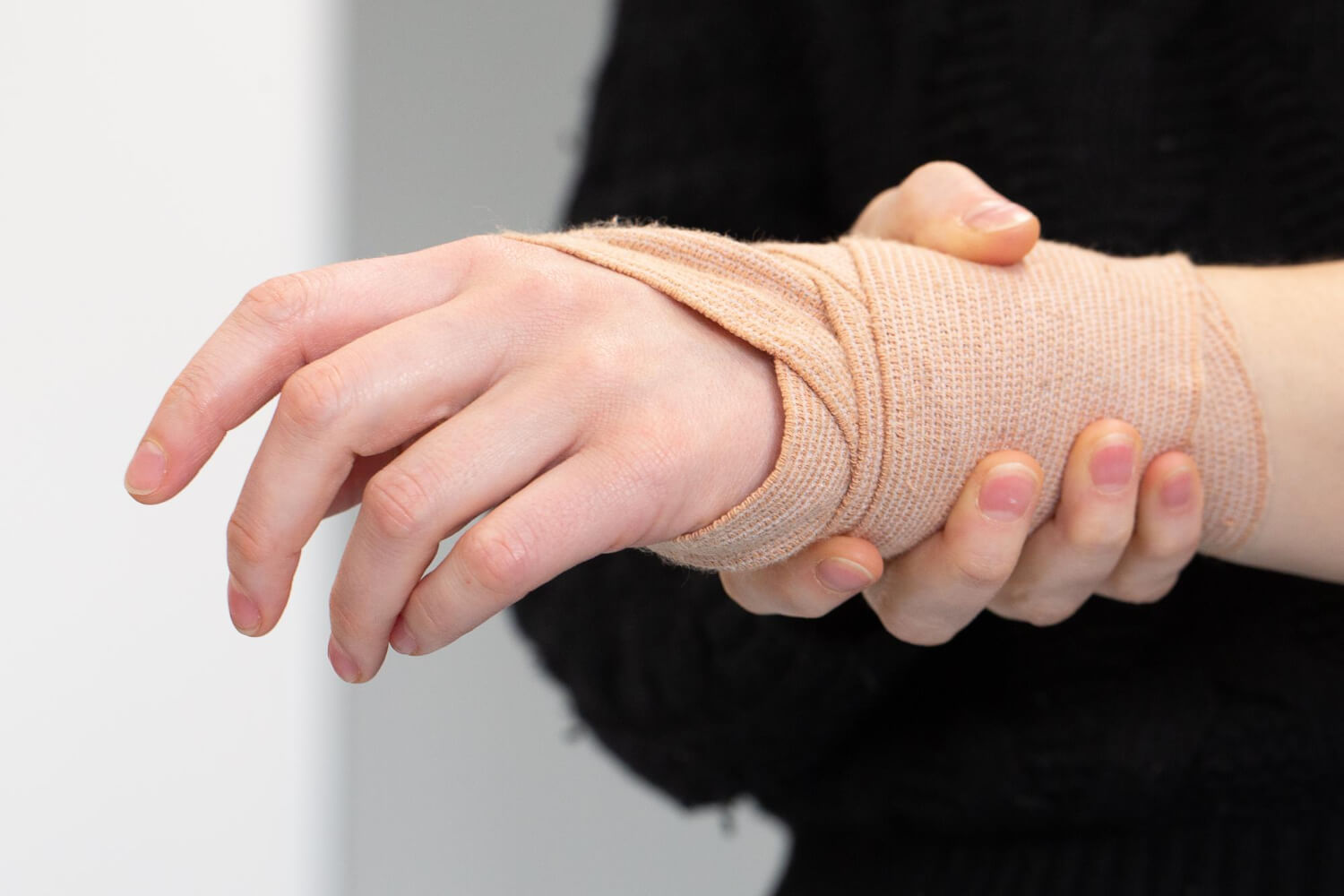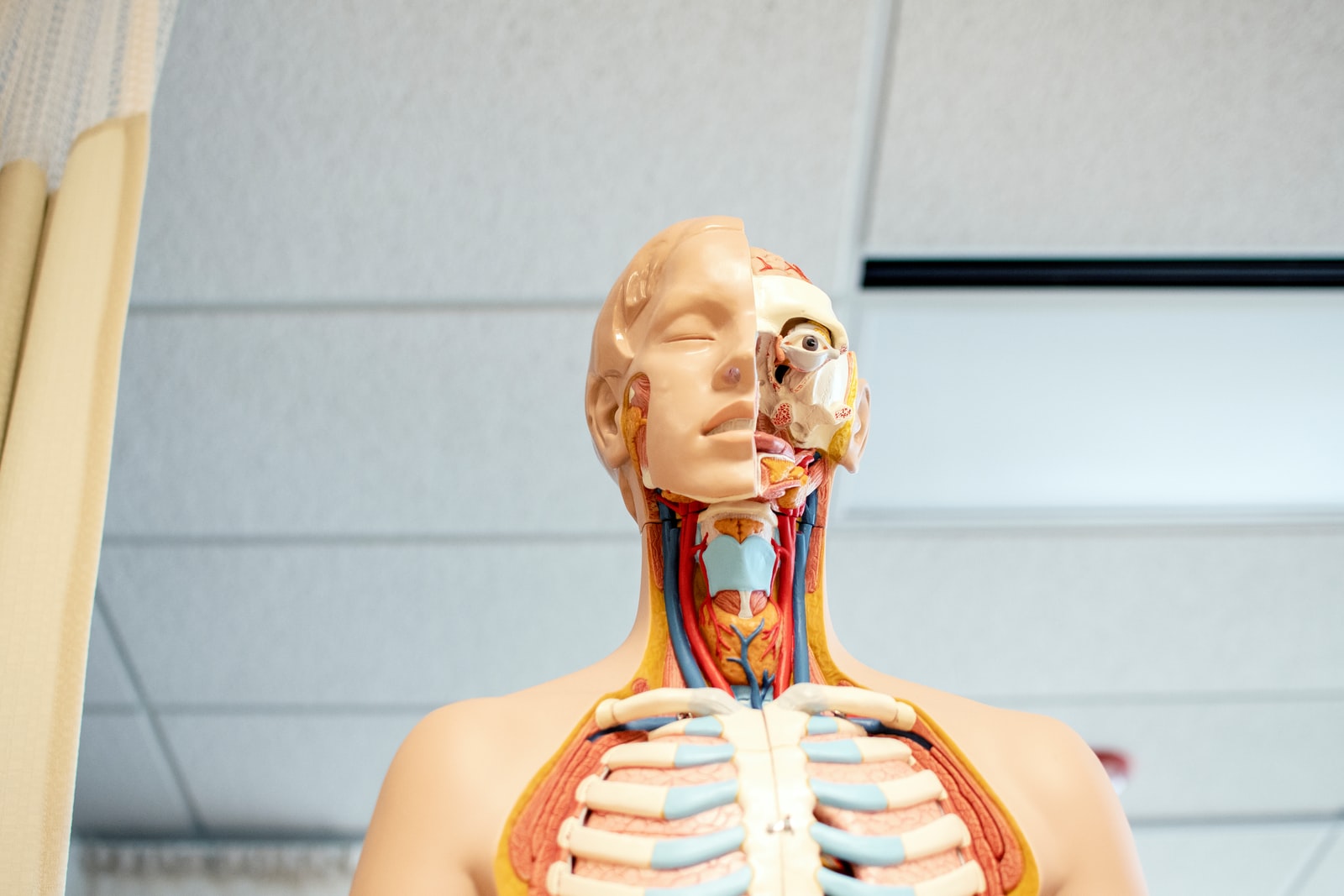Proximal vs. distal is a phrase you probably hear often if you’re interested in learning more about human anatomy.
Distal means “far away,” while proximal means “nearby.” These words describe the relative locations of different body parts. For example, your wrist is distal to your elbow, which is proximal to your shoulder.
You might think this is pretty simple—but have you ever been confused by those terms, did you ever tried comparing proximal vs. distal? If so, don’t worry! We’re here to help!
In this article, we’ll go over some great tips for remembering what proximal vs. distal mean.
What is Distal in Medical Term?
It’s easy to remember that the end of your limb is called the distal end. The word distal means “at a distance,” and describes any body part farther away from where you are standing.
For example, if you were standing next to your arm, it would be closer than your foot (which is also considered a distal body part).
The proximal-distal axis runs through every body part, connecting them into one functional whole. In other words, everything in your body works with each other somehow—even if they’re not touching at this exact moment!
Example of Distal
Consider the human leg. The ankle is located distally on foot and is far from the knee, which is located proximally on the same limb.
Another example is a tree branch: its trunk would be proximal, and its leaves would be distal.
If you’re talking about your elbow and want to describe where it is in relation to other parts of your arm, you might say “the distal end” or “the distal side.”
What is Proximal in Medical Term?
Proximal is a term in anatomy. It refers to something close to the body’s center, whereas distal refers to something farther away from the center.
We use proximal when talking about limbs, arms, legs, or other body parts that can be moved around easily. For example, if you have a sore arm, it would be proximal to your shoulder.
Example of Proximal
If you were to hold your arm straight in front of you and then touch your elbow, that point would be proximal.
The proximal end of your arm is near your shoulder, while the distal end is near your wrist.
The proximal phalanges are the bones in your fingers that connect with your hand. They are “proximal” because they are near your hand’s palm.
What Body Parts Are Proximal?
In humans, the proximal end of a limb is the end closest to the trunk and farthest from the extremity (e.g., hands or feet).
In other animals like birds, a similar distinction is made between proximal and distal flight feathers based on their position along the wing.
The term “proximal” may also refer to a specific segment of bone, as in “the proximal part (or segment) of the femur.”
Here are some of the proximal body parts:
The upper extremities are proximal to the axial skeleton. The lower extremities are distal to the axial skeleton and proximal to the upper extremities.
The head is proximal to everything else in the body.
The trunk is an area that includes all of the organs in your torso, and is proximal because it’s in front of all other parts of your body.
What Body Parts Are Distal?
Your hands and feet are distal extremities because they’re on opposite sides of your body from each other and the rest of your limbs (#footnote 1).
They aren’t as close together as most other body parts are; they have separate bones and muscles that allow them to move independently.
6 Tips To Remember Proximal vs Distal
We’ve put together a list of six tips to help you remember distal vs proximal each time someone uses them in conversation:
1) Proximal means “near,” and distal means “far.” It’s like antonyms!
2) Think about where each part would be located in your anatomy if facing yourself from behind. For example, Your hand is proximal (near), and your elbow is distal (far).
3) Try looking at pictures of people with their arms extended straight out to see what proximal and distal actually look like. You’ll notice that all of their body parts are in different places relative to each other–that’s why they’re called “proximal” and “distal.”
4) Use mnemonics! If all else fails, try using a mnemonic device that helps you remember where things are located.
5) Use visual imagery—think of a big red truck driving away from you when thinking about distal; think of an old friend visiting when thinking about proximal.
6). Practice, practice, and practice! Because practice makes men perfect.
Final Thoughts
The question we started out with is one that many readers probably aren’t quite sure how to answer. That’s because the distinction between distal vs proximal isn’t always simple, and the difference can sometimes be nuanced. But hopefully, we’ve helped take some of the mystery out of it.
If you have any questions, let us know in the comment section below!
FAQs
Is the knee proximal or distal to the ankle?
The knee is proximal to the ankle. The knee is the joint between your thigh and lower leg, while the ankle is located at the junction of your leg and foot.
Is the elbow proximal or distal to the shoulder?
Yes, the elbow is distal to the shoulder. The elbow is on the lateral side of the upper arm, while the shoulder is on the upper arm’s medial side.
Is the shoulder proximal or distal to the wrist?
Yes, the shoulder is proximal to the wrist. The shoulder is the upper arm bone, connecting to your upper body at the scapula (shoulder blade). The wrist connects to your forearm, which is part of your hand and arm.
Is distal upper or lower?
Distal upper refers to the part of your leg that is furthest from your body (i.e., the toes). Distal lower refers to the part of your leg that is furthest from your body (i.e., the toes).
Is the hip proximal to the knee?
Yes, the hip is proximal to the knee. Proximal means “closer to the center of the body.”
Is the knee proximal to the foot?
Yes, the knee proximal to the foot is commonly used to describe the leg. The proximal end of the leg is where it attaches to the rest of your body: at your hip joint.
What part of your arm is most proximal?
The most proximal part of your arm is your shoulder. Your shoulder is the part of your body from which your arm extends and is more than halfway down your body.












